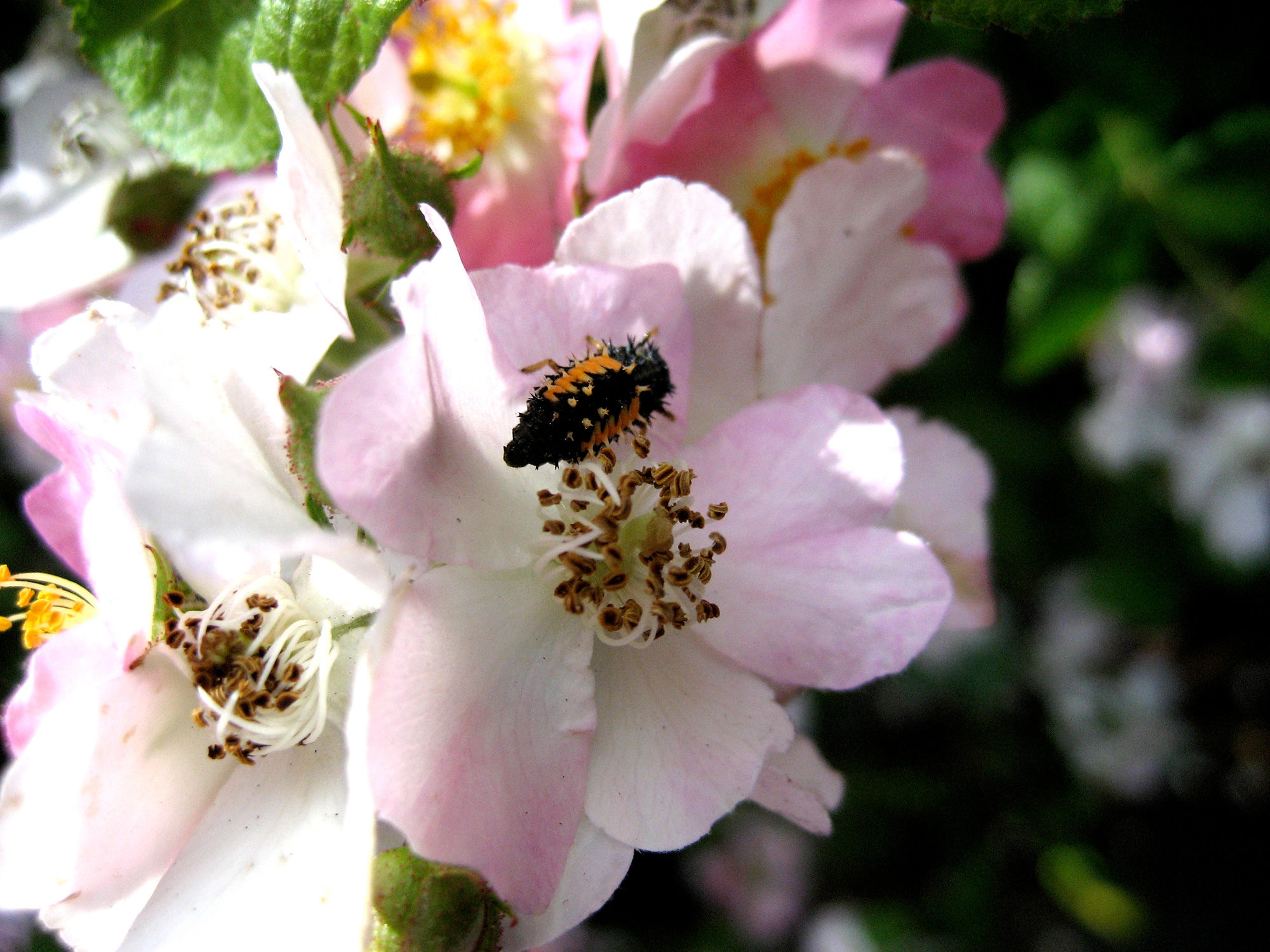Keeping a good balance between pest and predator insects is the key to a lower maintenance and pesticide-free garden. While it takes some time to establish, the long-term benefits are substantial. In a healthy garden you’ll always see a few pest insects, as they are dinner for the predators (aka beneficial insects). If you spray and eliminate them, the predators will move on. It’s a balancing act, but one that is very rewarding to work on.
Choosing plants that attract and support predator insects is essential. Fall is a good time to start. Getting perennials planted now gives them time to get their roots established before the challenging dry summer season returns.

Most predator insects that feast on pests that do damage to your plants also need nectar to survive. If you don’t supply that necessary part of their diet, they will move on to gardens that do. Having a variety of plants they prefer, flowering throughout the year will help keep the predators happy and settled in.
Umbelliferate (umbrella-shaped) flower clusters seem to be a favorite. Annuals include the flowers of carrots, dill, cilantro, and ammi majus. Perennials like yarrow, oregano and eriogonum (ornamental buckwheat) are popular. Dyer’s chamomile (Anthemis tinctoria) and white cosmos also attract a wide variety of predator insects. The fact that bees are attracted to many of these plants as well is a bonus! Consider starting this process your holiday gift that will keep on giving.
If you want to learn more about predatory insects, check out Insects and Gardens, In Pursuit of a Garden Ecology by Eric Grissell in our book section.


